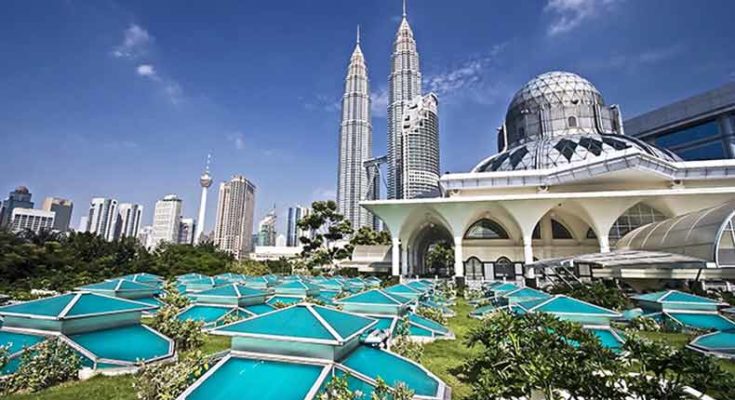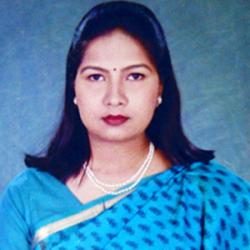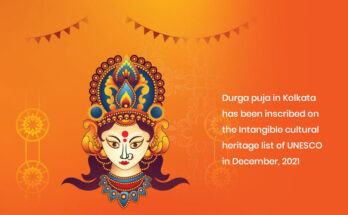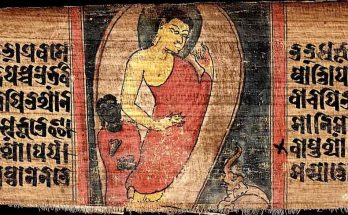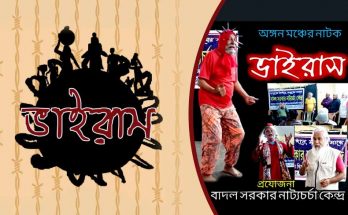Malaysia, unique with its essence of multicultural diversity. Image Courtesy – http://www.fansshare.com.
Malaysia is divided into two parts, east and west, which were being united in the year 1963. The western part of Malaysia is almost surrounded by water and stretched out from the border of Thailand to Singapore. Eastern part of Malaysia consists of Sabah and Sarawak regions on the northern end of Borneo. A mountain range named the Banjaran Titiwangsa is famous here, it divided Malaysia into the western and eastern part. Large cities are seen mostly on the west coast with heavy industries situated there and also a large number of people migrated there. The eastern part is rather less populated with more agricultural land. Kuala Lumpur is the capital of Malaysia located in the old Tin mining area surrounded by migrated people.
Malaysia has a population of around 23 million people scattered into the territories relatively to the countries land area. In Malaysia, 60% of the people designated as Malay, 25% of the people are of Chinese ancestry, 10% of people are of Indian ancestry, and 5% of others.
Read: Indian Culture inherits Peace of Mind and Spirituality
For tourists, peninsula and Borneo have mixed attractions like flavours of Chinese and Indian with modern structured capital, Kuala Lumpur. Wild jungles, granite peaks, remote tribes in one side, and lucrative islands, luxurious resorts, territorial towns on the other side will surely give tourists a happy feeling. Nearly 2 million foreign travellers make a tour in Malaysia. They are mostly from neighbouring countries like Singapore, Indonesia etc. but the number of tourists from other countries is gradually increasing. Cameron Highlands, Georgetown Inner City, Taman Negara, Pulau Tioman, Mount Kinabalu, Petronas Twin Towers, Langkawi, Perhentian Islands, Sepilok Rehabilitation Centre, Mulu Caves etc. are some of the important attractions of Malaysia.
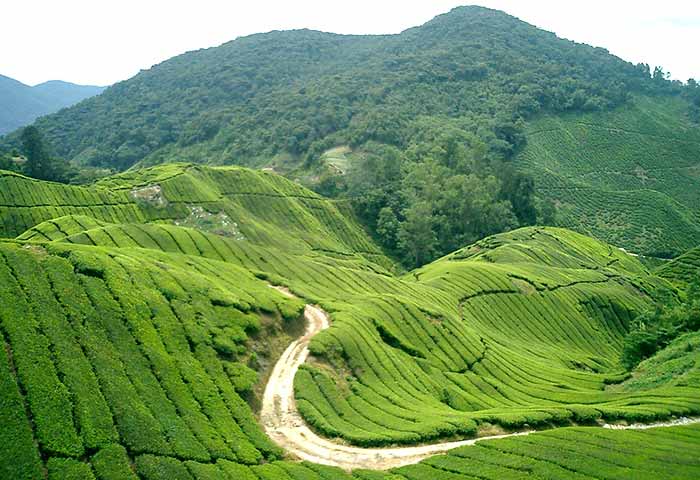
The Cameron Highlands is one of Malaysia’s most extensive hill stations.
A great range of diversity can be observed in Malaysia as far as language is concerned. The Malaysian government accepted this multilingualism and television news channels also broadcast their news in Malay, English, Mandarin, Tamil etc. Moreover, the English language has acquired the position as a sustainable language for business throughout the country.
Almost all the world religions are present in Malaysia including Islam, Hinduism, Buddhism, Christianity etc. Religion in Malaysia corresponds with ethnicity very powerfully with most Muslims being Malay, most Buddhists being Chinese, and most Hindus being Indian.
Nearly all the world religions, including Islam, Buddhism, Hinduism, and Christianity are present in Malaysia. Religion corresponds strongly with ethnicity, with most Muslims Malay, most Hindus Indian, and most Buddhists Chinese.
Read: Hungarians preserve their unique cultural heritage
Malaysian art is very much enriched with creativity. Art performed by various artists of different age group depicts that the artists are extremely talented. “Batik” is one of the forms of art in Malaysia and this form of art is a famous one. “Batik” signifies “drawing out with wax”. It is also a national heritage of Malaysia for its creativity, affordability and worldwide appeal. Malaysian Batik is known for its vibrant colours, bold prints and creative variations. These products are soft, light, fresh and very much suitable in a tropical climate, especially in summer. Batik fabrics of Malaysia are used to make various products like dresses, shirts, bedsheets, ladies garments, pillow covers, bags, table clothes and many more. The most accepted motifs of Malaysian batik are flowers and leaves. As the religious norms are there in depicting human and animal images, so these are rare in Malaysian batik. One exception is observed and that is a butterfly. Malaysian batik is also very much famous for its geometrical design using spirals. Other than Batik, Songket is also a favourite memento among local people and tourists. This type of weaving is used to produce intricately designed fabric for wedding ceremonies and official events. Songket is called “king of local textiles”.
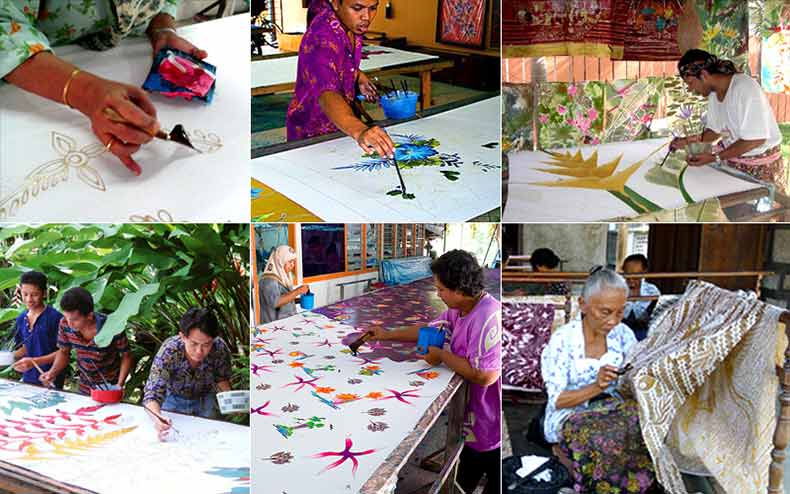
Artists of different age groups, performing their creative design for the textile industry.
Martial Art of Malaysia is known as Silat. It is very much helpful to develop one’s physical, mental and spiritual strengths by utilizing natural reflexes of the body with “take-down” combinations swiftly. It was a style before as a weapon for protection against intruders, but it developed into the martial arts later. One of its forms, Pencak Silat needs complex footwork and hand movements for offensive and defensive style while maintaining the balance of the body. However, unlike other forms of martial arts, kicks are not utilized so much in this style advocating for having a weapon like this then be defenceless. The most popular form Silat Cekak has its ancestry to the royal palaces of Kedah, also deploy brief and powerful locks, attacks and take-downs in disabling the rival.
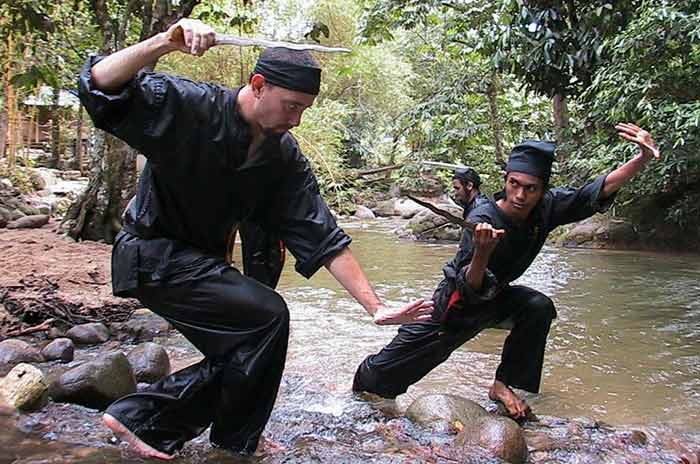
Martial Art of Silat – Close combat ancient art develops into a modern-day security tool.
Hindu, Islamic and indigenous cultural traditions serve together in performing a wedding ceremony in Malaysia. A wedding ceremony in Malaysia is divided into three group activities to perform three stages of the wedding. The first group of activities introduces the wedding ceremony by investigating, approaching to formalise the arrangement and sending the gifts and the part amount to the bride’s family on behalf of the groom’s family. The amount is called “wang belanja” in Malaysia, which is several thousand Ringgit (the currency of Malaysia). This is different from the dowry money provided by the groom for his bride, called “mas kahwin”. Islamic Religious Council generally selects this “mas kahwin” amount, but it may be higher than the official figure in case of the potential bridegroom. The second group of activities include actual marriage and the third group of activities include a procession, dias maintaining, welcoming the couple and reception. These are the general characteristics of wedding ceremonies throughout Malaysia, but there are specific differences also which may vary with regions.
Malaysian cuisines are rich in spices like ginger, black pepper, kaffir lime, turmeric, coriander and lemongrass etc. As we know that Malaysia is a place of different cultures, so here we can observe flavours of different vibrant cuisines also. Roti Canai, Chili Pan Mee, Malaysian Satay, Grilled Stingray, Char Kuay Teow, Nasi Campur, Nasi Kandar, Nasi Lemak, Curry Laksa etc. are some of the delicious dishes that people cannot resist them from its addiction to the powerful tastes.
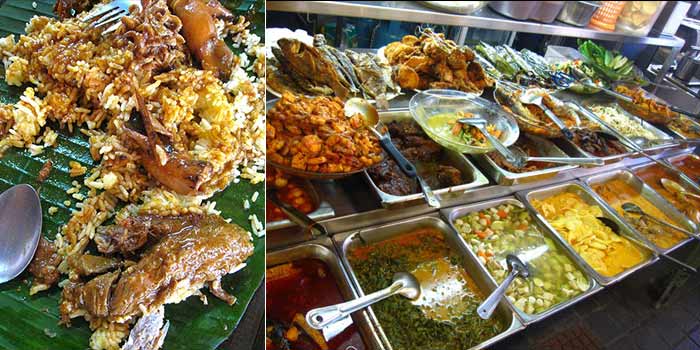
Delicious dishes of Malaysia which attract tourists from all over the world.

